The fuel tank pressure sensor is a crucial component of your vehicle’s evaporative emissions system. It monitors pressure changes within the fuel tank, helping to detect leaks and maintain proper fuel efficiency. Over time, this sensor may need to be reset due to diagnostic errors or after repairs have been made.
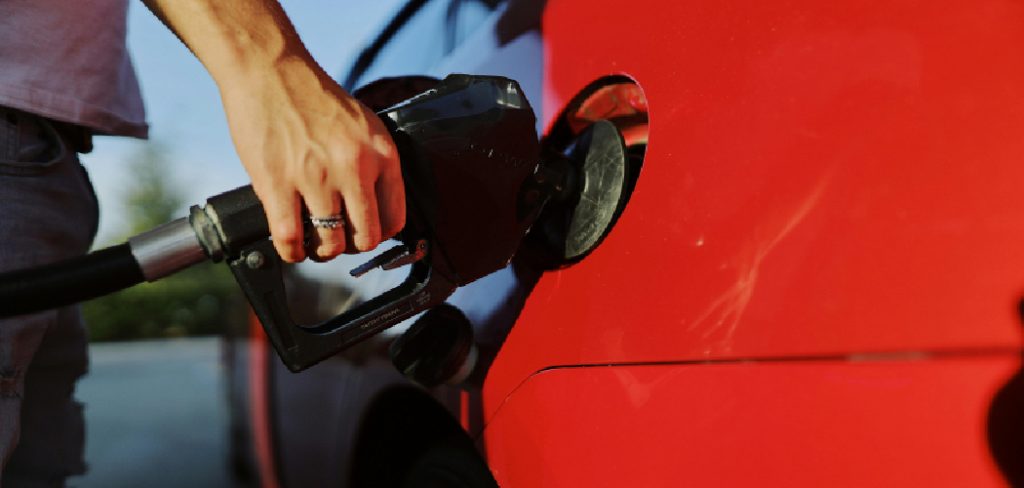
This guide is designed to help you with how to reset fuel tank pressure sensor. Understanding how to reset the fuel tank pressure sensor can ensure your vehicle operates smoothly and complies with emissions standards.
What Is a Fuel Tank Pressure Sensor?
A fuel tank pressure sensor is a vital component of your vehicle’s evaporative emissions control system (EVAP). It is typically located on or near the fuel tank and is responsible for measuring the pressure inside the tank. By monitoring pressure fluctuations, the sensor helps detect potential leaks in the fuel system, ensuring that harmful vapors do not escape into the environment.
The fuel tank pressure sensor plays a critical role in maintaining your vehicle’s fuel efficiency, as well as meeting environmental regulations. When the sensor malfunctions or provides inaccurate readings, it can trigger a diagnostic trouble code (DTC), which may light up the “Check Engine” warning on your dashboard.
Common Reasons for Resetting the Sensor
There are several reasons why you might need to reset the fuel tank pressure sensor. One common cause is after completing repairs or replacements involving the fuel system, such as fixing a fuel leak or changing the fuel pump. Another reason could be the triggering of a false error code by the vehicle’s onboard diagnostic system, which might incorrectly indicate an issue with the sensor.
Additionally, routine vehicle maintenance or sensor recalibration may necessitate a reset to ensure the system continues to operate efficiently. Lastly, if the vehicle has experienced unusual pressure fluctuations due to extreme environmental conditions, resetting the sensor can help restore its normal function.
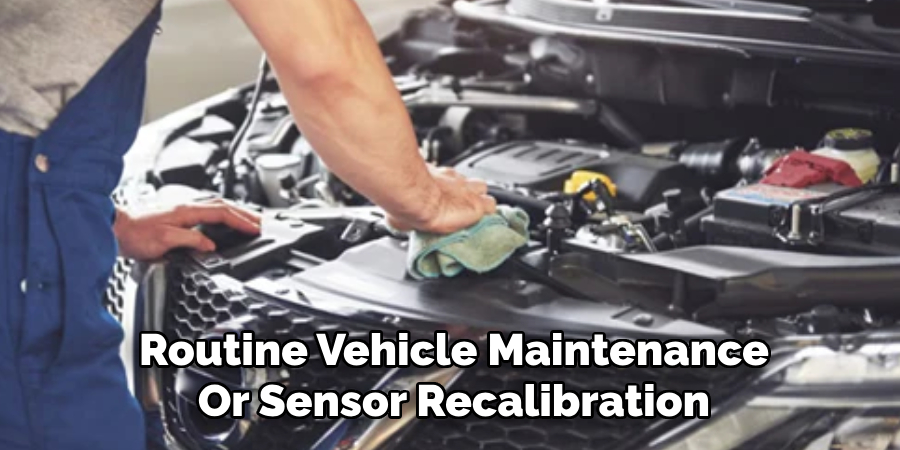
10 Methods How to Reset Fuel Tank Pressure Sensor
1. Perform an OBD-II Scanner Reset
An OBD-II scanner is one of the most reliable tools for resetting the fuel tank pressure sensor. Connect the scanner to the OBD-II port located under the dashboard. Turn the ignition to the “on” position without starting the engine. Use the scanner to navigate to the EVAP system diagnostics, and clear any stored fault codes.
This process not only resets the fuel tank pressure sensor but also removes any associated Check Engine Light warnings. After clearing the codes, drive the vehicle for a few miles to ensure the reset was successful.
2. Disconnect the Vehicle Battery
Resetting the sensor can be achieved by disconnecting the vehicle battery. Begin by turning off the engine and removing the negative battery cable. Let the vehicle sit without power for 10-15 minutes.
This period allows the ECU to reset, including the fuel tank pressure sensor. Reconnect the battery cable and start the engine. Drive the vehicle for a short distance to verify that the reset resolved any sensor-related issues.
3. Perform a Key-On/Off Cycle
A simple key-on/off cycle can sometimes reset the fuel tank pressure sensor. Insert the key into the ignition and turn it to the “on” position without starting the engine. Wait for 10 seconds, then turn it off. Repeat this process three to five times. This cycling allows the ECU to recalibrate the sensor and clear minor glitches. Start the engine after completing the cycles and check if the sensor issue persists.
4. Check and Tighten the Gas Cap
A loose or improperly sealed gas cap can trigger fuel tank pressure sensor errors. Inspect the gas cap for damage, wear, or improper fit. Tighten the cap until it clicks to ensure a proper seal.
After securing the gas cap, turn the ignition to the “on” position without starting the engine and wait for a few seconds. The EVAP system may recalibrate automatically, resolving the sensor issue. Drive the vehicle to confirm the reset.
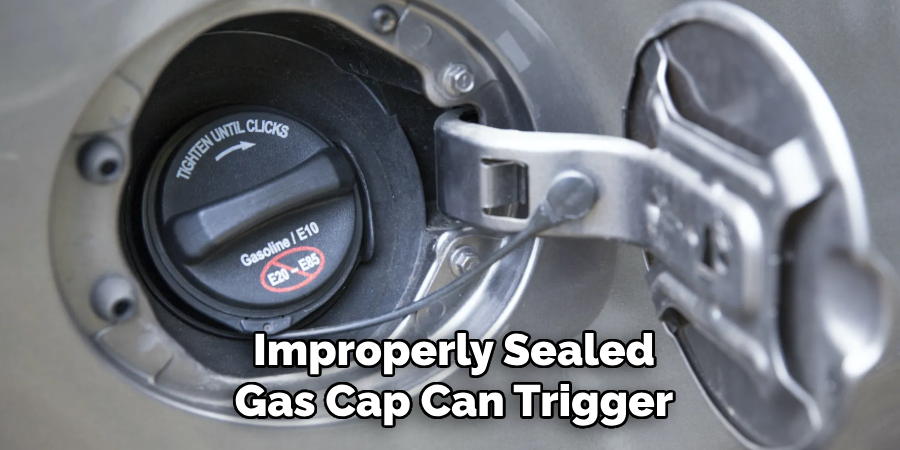
5. Inspect and Replace EVAP System Components
Faulty components in the EVAP system, such as hoses or valves, can interfere with the fuel tank pressure sensor’s operation. Inspect the EVAP system for visible damage or leaks. Replace any defective parts and clear the fault codes using an OBD-II scanner. Resetting the EVAP system in this way often resolves the fuel tank pressure sensor issue.
6. Allow the Vehicle to Relearn Sensor Parameters
Many modern vehicles automatically recalibrate sensors after specific driving conditions are met. To reset the fuel tank pressure sensor, ensure the fuel level is between 1/4 and 3/4 of the tank. Drive the vehicle at varying speeds, including highway and stop-and-go traffic, for 20-30 minutes. This driving cycle allows the ECU to relearn the sensor parameters and recalibrate the system naturally.
7. Perform a Manual Sensor Reset
In some cases, the fuel tank pressure sensor can be manually reset by removing it and reinstalling it. First, ensure the vehicle is turned off and the battery is disconnected.
Locate the fuel tank pressure sensor, usually found near or on the fuel tank. Remove the sensor carefully, inspect it for damage, and clean it if necessary. Reinstall the sensor securely and reconnect the battery. Start the vehicle and monitor for any warning lights.
8. Update the Vehicle’s ECU Software
Outdated ECU software can lead to sensor miscommunication. Visit a dealership or a certified mechanic to check if your vehicle requires a software update. Updating the ECU can improve its ability to interact with the fuel tank pressure sensor and resolve any persistent issues. After the update, perform a diagnostic scan to confirm the sensor is functioning correctly.
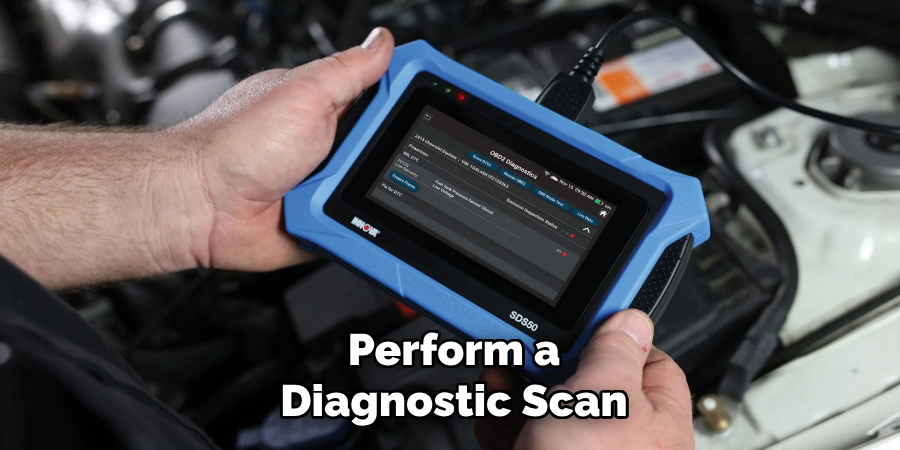
9. Clear Codes Through Driving Cycles
Some vehicles’ EVAP systems can reset themselves after completing a specific number of driving cycles. A driving cycle typically involves starting the vehicle with a cold engine, driving at various speeds, and allowing the engine to idle. Repeat this process over several trips to give the ECU sufficient time to reset the fuel tank pressure sensor and clear any associated fault codes.
10. Replace the Fuel Tank Pressure Sensor
If all other reset methods fail, the fuel tank pressure sensor may be faulty and require replacement. Purchase a compatible sensor for your vehicle’s make and model. Safely remove the old sensor by disconnecting the battery and accessing the fuel tank area.
Install the new sensor securely and reconnect the battery. Use an OBD-II scanner to clear any fault codes and perform a test drive to ensure the new sensor resolves the issue.
When to Contact a Professional
While many fuel tank pressure sensor issues can be resolved with DIY methods, there are situations where seeking the assistance of a professional mechanic is essential. If the Check Engine Light remains illuminated after attempting multiple reset methods, it may indicate a deeper problem within the EVAP system or related components.
Similarly, if you notice persistent fuel efficiency issues, strong fuel odors, or difficulty starting the engine, professional diagnostics may be necessary to address underlying malfunctions.
Additionally, tasks such as replacing the sensor, updating the ECU software, or repairing damaged EVAP components often require specialized tools and expertise. When in doubt, consulting a certified mechanic ensures the issue is resolved safely and effectively, helping to avoid further complications or costly repairs.
Common Mistakes to Avoid
When addressing fuel tank pressure sensor issues, it’s important to avoid common mistakes that could hinder the effectiveness of your efforts or even worsen the problem. Here are some frequent errors to watch out for:
- Skipping Diagnostics
Attempting to reset or repair the sensor without first scanning for fault codes can lead to misdiagnosis. Always use an OBD-II scanner to identify the specific issue before taking action.
- Ignoring the Gas Cap
Overlooking a loose or damaged gas cap is a frequent mistake. This simple issue is often the root cause of fuel tank pressure sensor warnings and can be resolved quickly by inspecting and tightening the cap.
- Neglecting Proper Battery Procedures
When disconnecting the vehicle battery, failing to follow proper safety steps can result in electrical shocks or damage to the vehicle’s electronic systems. Always ensure the engine is off and handle battery cables carefully.
- Failing to Check for Leaks
The EVAP system relies on airtight seals to function correctly. Skipping a thorough inspection for damaged hoses or leaks can lead to unresolved sensor issues even after reset attempts.
- Using the Wrong Replacement Parts
Installing an incompatible sensor or EVAP component can cause further malfunctions. Always confirm that replacement parts are designed for your specific vehicle make and model.
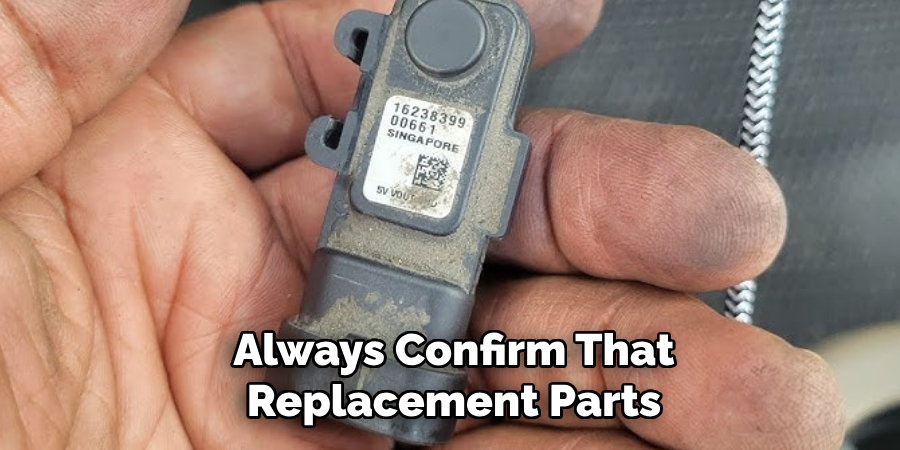
Conclusion
Resetting and maintaining the fuel tank pressure sensor is crucial for ensuring optimal vehicle performance and compliance with emissions standards. By following the outlined steps and avoiding common mistakes, many sensor-related issues can be resolved effectively without professional assistance.
However, recognizing when to consult a certified mechanic is equally important for addressing more complex problems. Thanks for reading, and we hope this has given you some inspiration on how to reset fuel tank pressure sensor!

